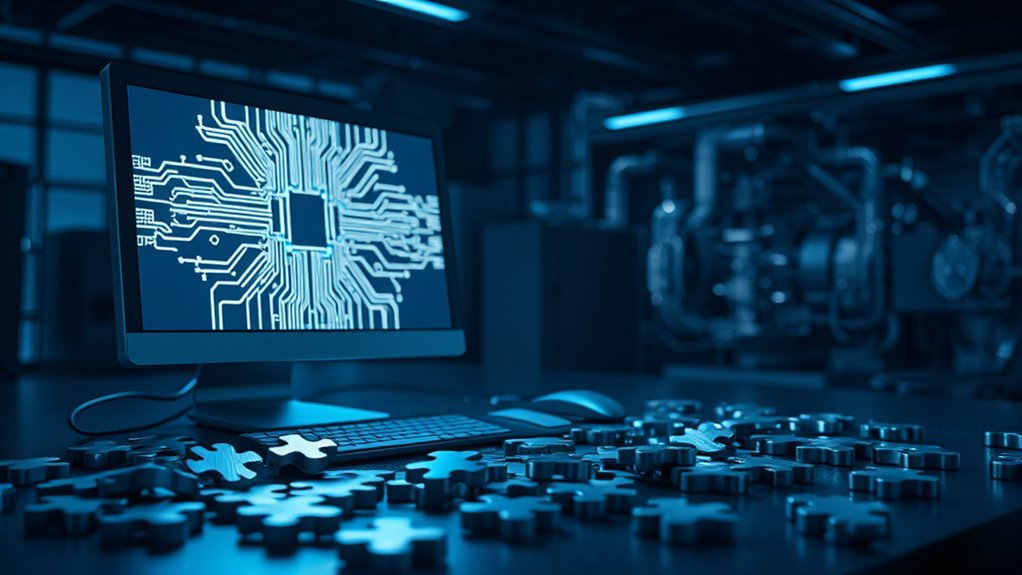One model making waves is Alibaba’s Qwen2.5. It’s said to be faster and more efficient than DeepSeek AI. This means it can get tasks done quicker while using less power. DeepSeek, on the other hand, focuses on being cost-effective. It’s great for technical stuff like coding and math problems. It also supports Chinese language tasks really well, which is a big plus for some users. Additionally, Qwen2.5 is part of a family with over 100 models, showcasing extensive parameter ranges.
Alibaba’s Qwen2.5 outpaces DeepSeek AI with speed and efficiency, tackling tasks swiftly while conserving power, making it a standout in AI innovation.
Then there’s Gemini, backed by Google. This model shines in conversations that go back and forth a lot. It’s also awesome at handling different languages. On top of that, Gemini is a champ at working with videos and images, making it stand out for tasks that mix different types of data. It’s got a wide range of training data to thank for this versatility. Moreover, Gemini’s ability to integrate diverse data types highlights its strength as a multimodal AI system.
OpenAI isn’t sitting still either. Their latest model, GPT-4.1, is a step up from GPT-4o, especially in coding. It’s been trained with tons of data to make it a go-to for programmers. When it comes to writing code or helping with research, GPT-4.1 is showing strong results on benchmarks. Additionally, GPT-4.1 offers a significant improvement with a larger context window supporting up to 1 million tokens for better comprehension.
Perplexity AI brings something different to the table. It’s all about real-time search, pulling in fresh info as it’s needed. This makes it handy for staying up to date. Meanwhile, DeepSeek offers options for customization since it uses open-source methods, which is great for researchers.
These models are changing the game. Alibaba’s Qwen2.5 shows the company’s growing role in AI. Gemini is pushing Google’s influence in mixed-data tasks. GPT-4.1 keeps OpenAI in the lead for coding. Each model has its own strengths, carving out spots in a crowded AI market.
It’s clear the competition is heating up, and users have more choices than ever for their needs.









